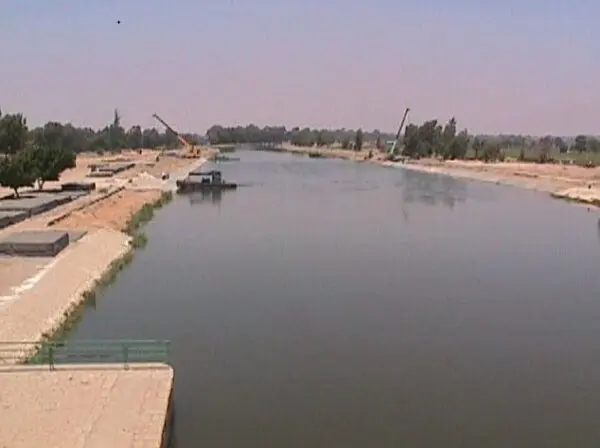Arend Kolhoff
Senior Advisor Environmental and Social Assessment


The NCEA advised on Terms of Reference for a feasibility study and EIA for a project in which part of the Ismailia Canal would be lined with plants and other materials. Subsequently, it reviewed two monitoring documents and recommended actions for improvement of monitoring practices.
The advice concerns the Terms of Reference for a technical and financial feasibility study on the implementation of the trail project. The advice also contained Terms of Reference for an environmental impact assessment for the whole Ismailia canal if the lining is subsequently used on a large scale. There are two objectives: preventing seepage (10 to 30 per cent of the water is now lost) and increasing the discharge capacity of the canal. As a result, it is expected that much more water will be available for irrigation. The Commission suggested in its advice that leakage is not the biggest problem, but rather the shortage of irrigation water. The question is whether sealing the canal is the best solution for achieving the desired result(more irrigation water).
The Commision therefore advised that the EIS examined a scenario in which the currently available irrigation water was used more efficiently. The money required for the investments in the canal could be used, for example, to supply all the irrigation areas involved with drip irrigation (saving up to 70 per cent of water use).
The Commision indicated that it considered the assumed 40 per cent increase in discharge capacity unrealistic, believing this to be more like 5 per cent. Moreover, leakage need not simply be regarded as spillage. Part of this water is used for various purposes: directly for irrigation and supplying fish ponds and indirectly for irrigation, as some flows back underground to the Nile delta. The trial project started formally in 1998. In October 1999 the actual work of lining started.
In August 1999 the DGIS requested the Commision to review the monitoring results. It is expected that the advice will be submitted towards the DGIS in February 2000.
Bitumarin B.V.
Dutch Ministry of Foreign Affairs